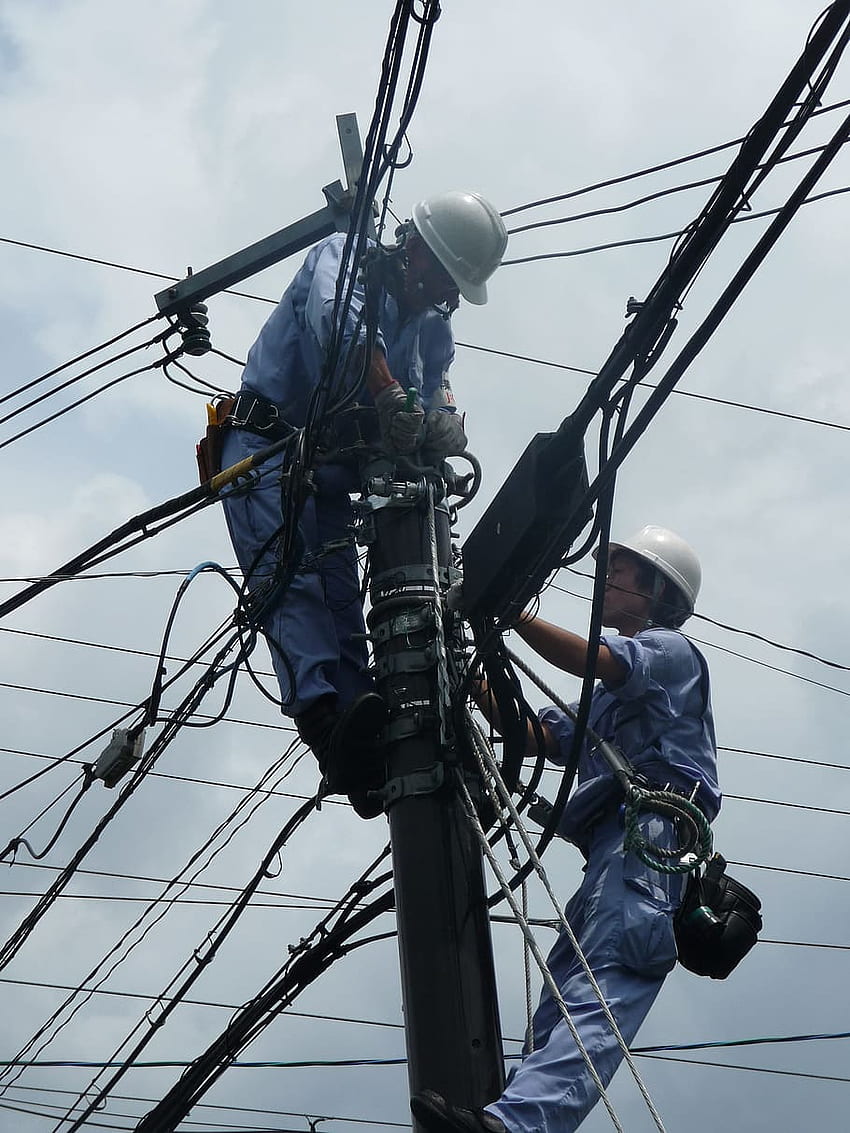
Shocking Insights: Unplugging the Myths of the Electrician’s Trade

The world of electricians is often shrouded in misconceptions and myths that can mislead those considering a career in this essential trade. While many people recognize electricians as the skilled workers who keep our lights on and power flowing, there’s much more to their profession than meets the eye. From understanding complex electrical systems to navigating safety regulations, electricians are vital to the infrastructure that supports our daily lives.
In this article, we will delve into the truths behind the electrician’s trade, debunking common myths that can create confusion about what it really means to work as an electrician. By exploring the skills, training, and challenges faced by these professionals, we aim to provide a clearer picture of the vital role they play in both residential and commercial settings. Prepare to be surprised by the shocking insights that reveal what it truly takes to thrive in this electrifying field.
The Realities of Electrical Work
Electrician Summit Nj
The work of an electrician often goes beyond the common perception of simply installing and fixing light fixtures. Electricians are essential professionals who ensure that electrical systems are installed, maintained, and repaired correctly and safely. This requires a deep understanding of electrical theory, local codes, and safety regulations. It’s a trade that involves not just technical skills but also problem-solving abilities, as electricians frequently encounter unexpected challenges on the job.
Furthermore, the physical demands of being an electrician can be surprising to those unfamiliar with the field. The job often involves climbing ladders, crawling into tight spaces, and lifting heavy materials. It is not uncommon for electricians to work in various weather conditions and at different heights. This physicality, along with the necessity for precision and attention to detail, underscores the demanding nature of the work, making it more than just a simple labor task.
Lastly, the industry is continually evolving, driven by advancements in technology and changes in energy efficiency standards. Electricians must stay informed about new tools, techniques, and regulations to remain competitive in the field. This ongoing education is vital, as electricians are increasingly called to work on complex systems like smart homes, renewable energy installations, and industrial automation. The realities of electrical work reflect a dynamic trade that combines hands-on skills with a commitment to lifelong learning.
Myths vs. Facts: Debunking Common Misconceptions
One common myth about electricians is that their work is simple and can be done without formal training. In reality, electricians undergo extensive education and training to ensure they understand complex electrical systems, safety protocols, and local codes. This knowledge is crucial for preventing dangerous situations and ensuring that installations and repairs are done correctly and safely.
Another misconception is that electricians only deal with home wiring and small electrical tasks. However, the electrician’s trade encompasses a wider range of responsibilities, including industrial and commercial work, installation of high-voltage systems, and renewable energy projects like solar panel installations. Electricians often work in various settings, and their expertise is essential in many sectors, making their role much more diverse than many people realize.
Lastly, some believe that all electricians can perform every type of electrical work. While many electricians have a broad skill set, there are specialties within the trade, such as residential, commercial, and industrial electricians. Each specialty requires different training and experience, and not all electricians are licensed to handle every kind of electrical job. Understanding these distinctions is vital for appreciating the professional standards and qualifications that electricians uphold in their respective fields.
Training and Skill Requirements
Becoming a successful electrician requires a combination of formal education, hands-on training, and licensing. Most electricians start their journey by completing a high school diploma or a GED, where they gain foundational knowledge in subjects like mathematics and physics. From there, many choose to enroll in an electrical training program or trade school. These programs typically cover essential topics such as electrical theory, circuitry, safety practices, and local codes, equipping aspiring electricians with the skills needed to excel in the field.
After completing formal education, individuals often enter into an apprenticeship. This phase combines on-the-job training with guided mentorship from experienced electricians. During the apprenticeship, trainees learn practical skills such as installing wiring, repairing electrical systems, and understanding blueprints. This hands-on experience is invaluable, as it allows apprentices to develop their abilities in real-world situations, preparing them for the challenges they will face once they obtain their licenses.
Finally, in order to work legally as an electrician, individuals must obtain the appropriate licensure. This often involves passing a comprehensive exam that assesses their knowledge of electrical systems, safety standards, and code regulations. Continued education is also essential, as electricians must stay updated on the latest technologies and best practices in the industry. This ongoing learning ensures they remain competent and competitive, reinforcing the importance of skill development in the evolving landscape of electrical work.
The Importance of Safety Standards
Safety standards in the electrician’s trade are paramount to ensuring the protection of both workers and the public. These standards provide a framework for safe practices during electrical installations, repairs, and maintenance. By adhering to these guidelines, electricians minimize the risk of accidents such as electric shocks, fires, and equipment failures. This commitment to safety is not only a legal obligation but also a moral responsibility that underpins the credibility of the profession.
Furthermore, safety standards help to establish a baseline of quality in electrical work. They ensure that installations comply with local codes and regulations, which vary widely between regions. Electricians who follow these standards demonstrate a level of professionalism and accountability that fosters trust with clients. This trust is essential for building lasting relationships in the community and can significantly impact an electrician’s reputation and business prospects.
In addition to protecting individuals, stringent safety standards contribute to the overall advancement of the electrical industry. Continuous updates to these standards reflect ongoing research and technological advancements, leading to safer and more effective methods. As electrical systems become increasingly complex, it is crucial for electricians to stay informed and compliant with these evolving safety measures to maintain their expertise and safeguard their clients.
Future Trends in the Electrician’s Trade
The electrician’s trade is evolving rapidly in response to technological advancements and societal shifts. One significant trend is the increasing demand for smart home technology integration. Electricians are now expected to possess knowledge of home automation systems, smart lighting, and energy-efficient devices. As homeowners seek to enhance convenience and energy management, electricians will play a crucial role in installing and maintaining these complex systems.
Sustainability is another key factor influencing the future of the electrician profession. With a global emphasis on reducing carbon footprints, electricians are becoming essential in the installation of renewable energy systems such as solar panels and wind turbines. Electricians will need to stay informed about the latest green technologies and regulatory requirements, ensuring they can meet the growing need for sustainable energy solutions in both residential and commercial sectors.
Moreover, the approach to training and certification for electricians is also shifting. As technology becomes more integrated into electrical systems, the curriculum for electricians will need to adapt. Online training programs and apprenticeships will increasingly include modules on new technologies and safety protocols. This evolution will ensure that the future workforce is well-prepared to meet the challenges and opportunities in the ever-changing landscape of the electrician’s trade.



